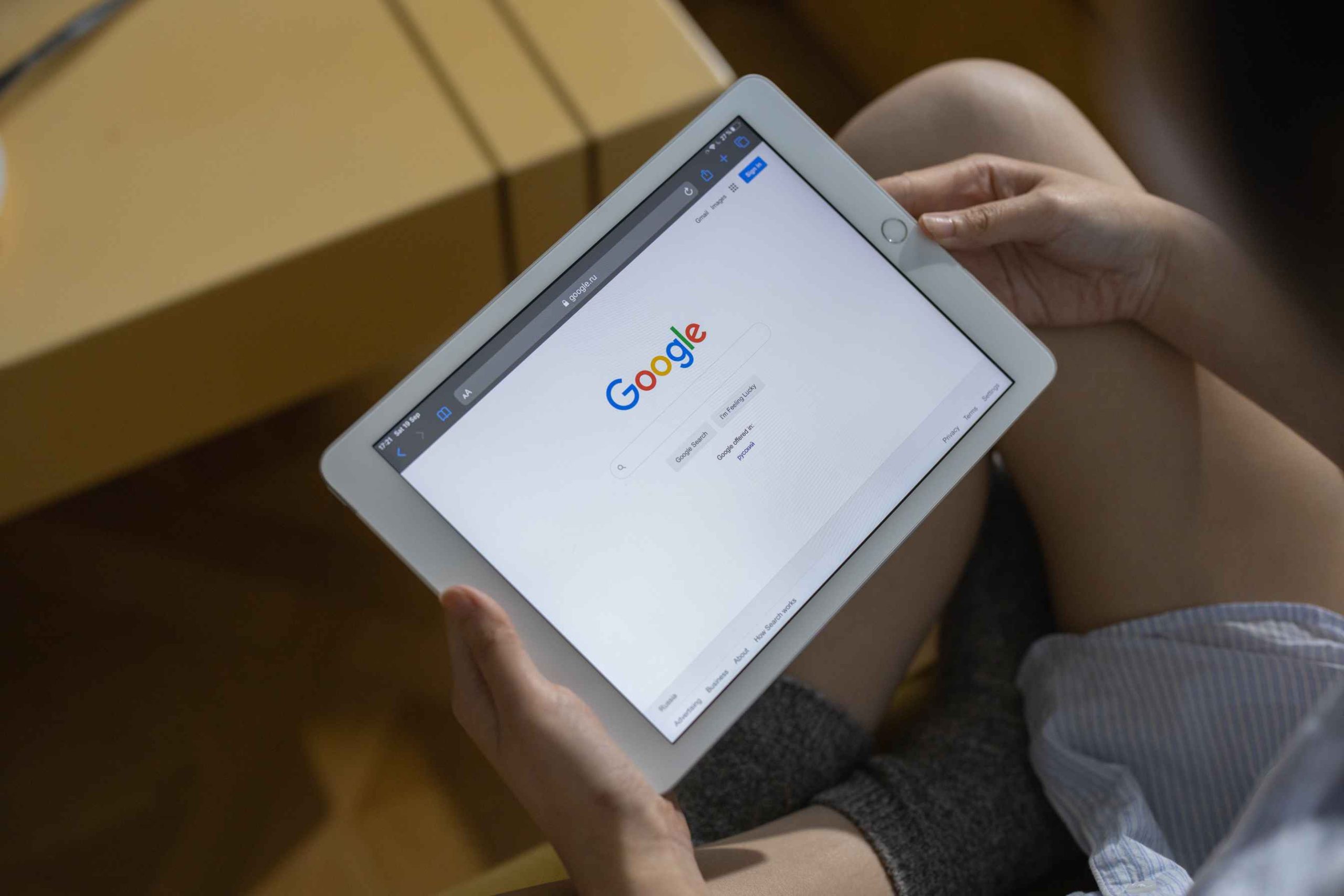In a world where digital collaboration and remote work have become the new norm, securing sensitive data and information is more critical than ever.
Google is taking a proactive approach to enhance security in its Workspace products, including Gmail and Drive, by incorporating artificial intelligence (AI) technologies. These advancements aim to automate tasks and bolster security measures, aligning with the principles of a Zero Trust strategy.

In this article, we’ll explore the recent security-related enhancements announced by Google and how they contribute to a more robust Zero Trust approach.
The Evolving Landscape of Cybersecurity
The rapid transformation of our work environments has led to a reevaluation of traditional security models. Legacy approaches often relied on perimeter defenses, trusting that devices within the corporate network were secure.
However, the rise of remote work, cloud services, and mobile devices has challenged these assumptions, prompting a shift toward more comprehensive and adaptive security frameworks.
The Zero Trust security model is one such framework that has gained prominence in recent years. Zero Trust fundamentally challenges the idea of trust within the network, emphasizing continuous verification of devices, users, and network activities before granting access to resources. Google’s recent enhancements to Workspace products align with this security philosophy.
Also Read: Factors to Consider before Implementing Salesforce Automations
Google’s AI Security Enhancements
Google has introduced a series of security enhancements to Workspace products that leverage AI technologies to automate various security-related tasks.
Here’s what’s known so far:
- Automated Threat Detection: Google is using AI to enhance threat detection in Gmail. With AI-powered algorithms, the system can identify and respond to potentially harmful emails more effectively, minimizing the risk of phishing attacks and malware distribution.
- Intelligent Attachment Scanning: In Gmail, AI algorithms are employed to scan email attachments for malware and other malicious content. The system automatically quarantines suspicious attachments, further protecting users from potential threats.
- Data Loss Prevention (DLP): AI-driven DLP enhancements in Gmail and Drive help organizations prevent data leaks and unauthorized sharing of sensitive information. By identifying and alerting users to potential data breaches, AI assists in upholding data security and compliance.
- Security Analytics: Google is incorporating AI into Workspace products to analyze user behavior and network activities for unusual patterns or anomalies. This security analytics approach enables early detection of security incidents, improving response times and reducing potential damage.
- Access Control: Google Workspace introduces enhanced access control features, leveraging AI for continuous authentication and authorization. By constantly verifying user identities and device security, these measures align with the principles of a Zero Trust strategy.
Aligning with a Zero Trust Strategy
The Zero Trust security model is characterized by its core principles of never trust, always verify.
Google’s recent AI-driven security enhancements align with these principles and contribute to a Zero Trust strategy in several ways:
- Continuous Verification: The introduction of AI into Workspace products enables continuous verification of user identities and device security. This aligns with the Zero Trust principle of never trusting a user or device implicitly.
- Least-privilege Access: By employing AI-driven access control and authentication, Workspace products ensure that users and devices have access only to the resources necessary for their roles, adhering to the principle of least privilege.
- Microsegmentation: Google’s security analytics and AI-driven threat detection aid in micro-segmenting the network, isolating network segments to limit lateral movement for potential attackers. This containment reduces the potential impact of a breach.
- Data Encryption: The AI-powered DLP enhancements and intelligent attachment scanning contribute to data encryption, ensuring that sensitive information remains protected, even if an attacker gains access to it.
- Behavior Analysis: Google’s AI-driven security analytics and threat detection capabilities continuously monitor user behavior and network activities. Any deviations from expected patterns can trigger alerts and actions, facilitating early threat detection and response.
Google’s incorporation of AI security enhancements into Workspace products represents a significant step toward embracing the principles of a Zero Trust strategy. By continuously verifying user identities, enforcing access control, and leveraging AI-driven threat detection and analysis, Google’s Workspace products align with the core tenets of Zero Trust security.
Also Read: 5 Reasons Why React Native is Suitable for Mobile App Development
This proactive approach enhances security, reduces the risk of data breaches, and ensures a safer digital environment for organizations in an era where the threat landscape is continually evolving. As businesses navigate the challenges of remote work and data protection, solutions that align with a Zero Trust strategy become increasingly vital.

